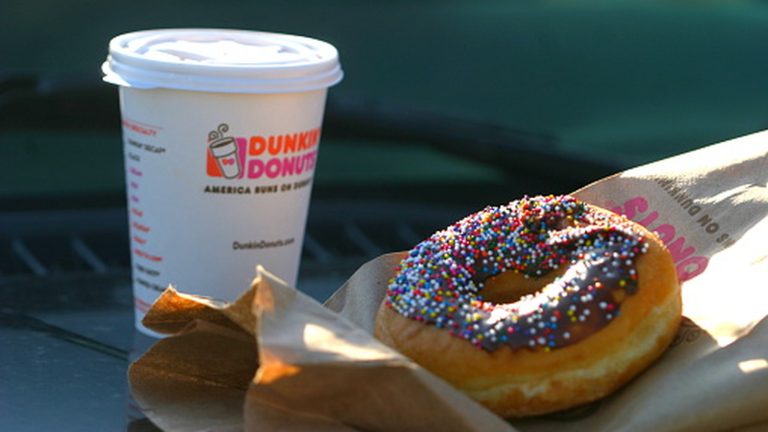Have you ever felt like an animal being hunted for sport when your partner innocuously asks, “What do you want for dinner tonight?” Decision fatigue is a real, medically-recognized phenomenon that can make even low-stakes decisions feel overwhelming by day’s end. Luckily, there’s one helpful strategy for minimizing decision fatigue in the kitchen — cutting the clutter, and slashing the stress once you (finally) get home for the day. Introducing: the Rule of Five.
The Rule of Five posits that, while decision fatigue may be inescapable for modern grown-ups, choice overload doesn’t have to be. To set your brain up for success (and avoid a parasympathetic nervous system shutdown), never stock more than five options of any type of food in your kitchen. For instance, when snack time strikes, only having five options (crackers, chips, sliced fruit, cheese, hummus and carrots) on-hand can reduce panic, increase satisfaction, and shorten the actual distance between you and your snack. Steer clear of unnecessary complicatedness by nipping it in the bud.
The Rule of Five can also be used to make kitchen clutter disappear (so long, excess half-empty pasta boxes). If you’re looking to free up cabinet space, there’s also a correct number of everyday dishes you actually need. For even more kitchen organization, we’ve rounded up 10 Marie Kondo tips for cultivating a kitchen that “sparks joy” and 12 must-have Costco products that will declutter your kitchen.
Never stock more than five options for any type of food in your kitchen
The efficacy of stronger, fewer choices is reflected in a 2018 Caltech study led by Colin Camerer. In the study, subjects were asked to choose one pleasing landscape image out of 12 photos while another group was given 24 photos to choose from. As the study concluded, “‘The idea is that the best out of 12 is probably rather good, while the jump to the best out of 24 is not a big improvement,’ Camerer says. At the same time, the amount of effort required to evaluate the options increases. Together, mental effort and the potential reward result in a sweet spot where the reward isn’t too low and the effort isn’t too high.” It’s the same reason why some shoppers might stick to smaller-scale boutique grocery stores (even if the prices are a little higher) because they find the experience significantly more pleasant than trying to navigate larger supermarkets.
Plus, there’s something about the number five. In the iconic film “High Fidelity,” record store owner Rob Gordon is obsessed with making “top five” lists (i.e. Top Five all-time heartbreaks, Top Five dream jobs). Even the Ancient Greek philosophers Aristotle and Plato proposed “Quinta Essentia” (aka “quintessence”), a divine Fifth Element and a symbol of completeness and wholeness. “Completeness and wholeness” sounds like a pretty solid goal for a home kitchen, and sometimes, less really is more. Let the number five be your guide.






